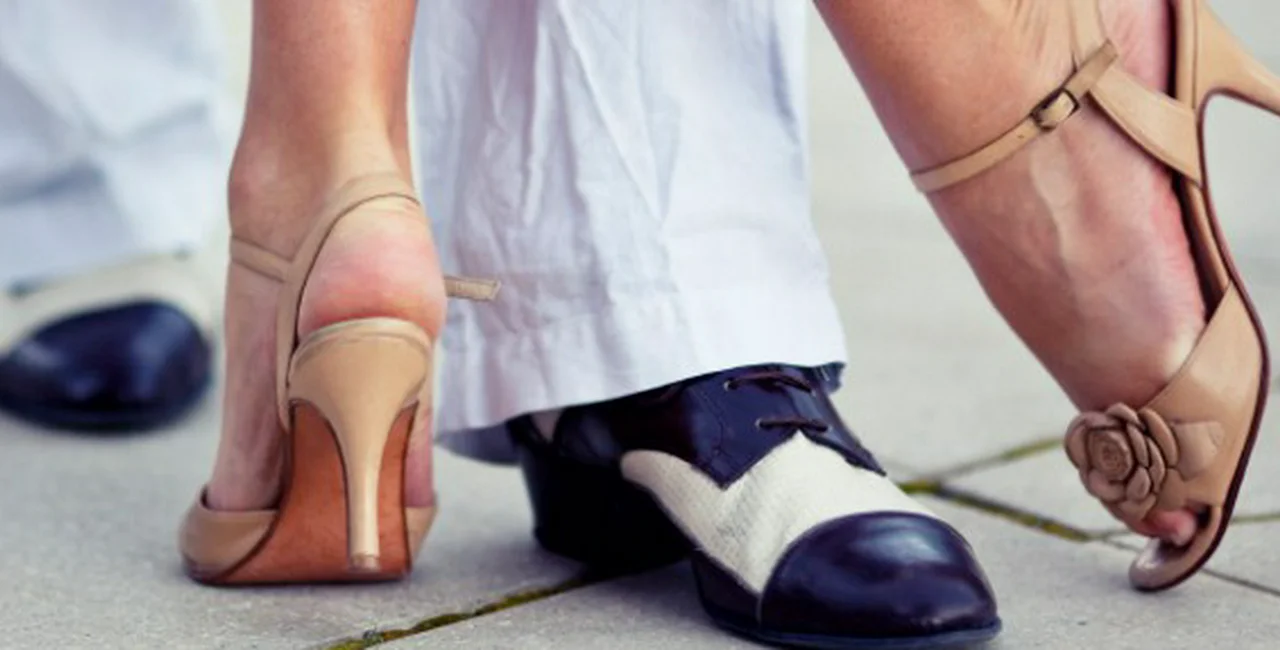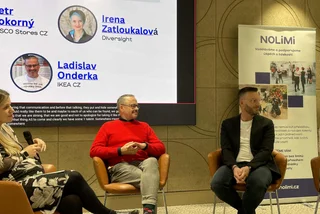Ball season is upon us and soon the metro will be full of couples, all gussied up and heading out to waltz, polka, foxtrot and tango the night away. Don’t you wish you could be like them? Well, you can! Never mind that most Czechs have been dancing since they were knee high. Never mind that you’re a stick of wood (Czech for someone who can’t dance). Never mind that you don’t speak Czech.
With the right shoes, a pair of gloves and a little determination, you too can be waltzing come January.
Prague, where the number of balls per capita rivals that of Vienna, is full of dance schools eager to teach you to to waltz, polka, foxtrot, tango and rhumba samba, cha-cha and jive in only eight weeks. The problem is choosing the right one.
“Today, in Prague, there are practically more dancing schools than people,” says Marcela Obrdová, director of Taneční Škola Oplt one of the city’s oldest dance schools. “Unfortunately, the level of instruction corresponds to that,” she adds.
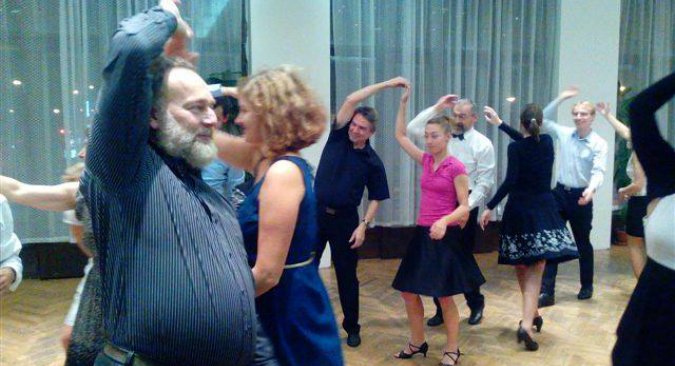
Taneční Škola Oplt
In the past, dance instructors had to study social dancing and get board certified, but this is no longer necessary.
“I had to study social dancing at the Academy of Jaroslav Ježek, where we learned everything from theory, to history of dance to dancing itself: both to lead and to follow,” Obrdová recalls. “Nowadays, anyone who ever won a dance contest can open a school.”
Why is a teaching background so important?
“It’s easy to teach one or two couples a Stardance routine,” Obrdová says. “It’s not so easy to coach 70 couples. And when you see the flow on that dance floor stop, you have to figure out why and fast. That’s when dance theory comes in handy.”
It also helps if the instructors have a competitive background.
“When you compete, you make every mistake in the book and get corrected over and over again. So, when your students make the same mistake, you’re able to spot it and fix it,” says dance master Pavel Jantáč who dances competitively with his wife, Pavlína.
Before signing on the dotted line, it’s a good idea to watch an ongoing lesson.
“If they don’t learn at least three new moves, I’d go elsewhere,” says Obrdová.
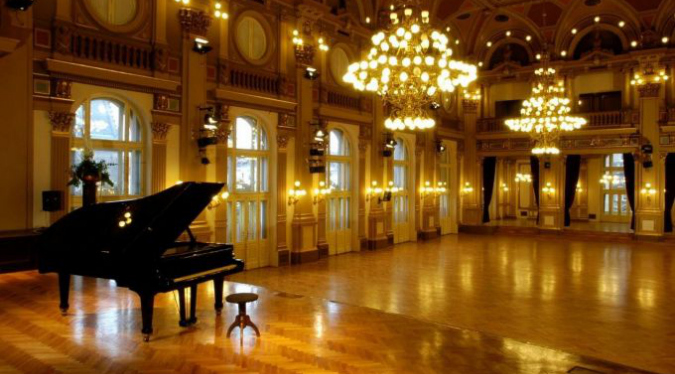
Ballroom, Národní Dům na Vinohradech
Another important consideration is location. Sure, you can learn to dance in a gym, but do you really want to?
“Ballroom dance classes call for a certain niveau,” says dance master Zdeněk Řehák, who has been teaching social dance in the opulent ballrooms of the Národní Dům na Vinohradech for over 30 years.
Finally, it helps when the instructors can speak English, though the language barrier is easy to overcome.
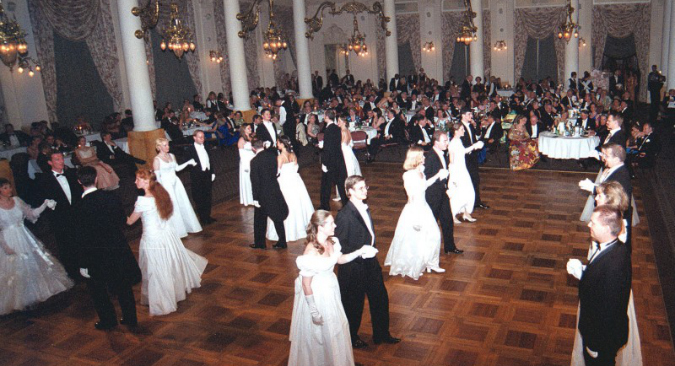
The Czech Republic has a lively tradition of ballroom dance
“You learn most of it by watching, and our assistant instructors speak English,” says Růžena Chladová, director of the Vinohrady school.
But what if you don’t fancy learning to dance in a room full of strangers?
One option is to form your own group. Most dance schools will provide an instructor at a reasonable cost. The problem is space: you may have to find your own. Anything from a school gym to the company cafeteria will do, provided it is at least 50 square meters in size and has a smooth floor.
Seminars are another option. The Jantáč’s, for example, offer weekend seminars in the town of Lítomyšl, a lovely UNESCO protected town only two hours distant from Prague by car. (They have no problem with language either: both taught ballroom dancing in the US for several years.)
“You can teach people a lot in two eight-hour sessions,” Jantáč’ says, “but they can’t dawdle.”
Be prepared for a workout. And come dressed to dance: The instructors we spoke with gave low scores to minis or pencils skirts, strapless gowns and rubber-soled shoes at home. For men, leather or synthetic soles only, and for ladies high heels with a stiff arch and ankle strap are non-negotiable.
Unfortunately, adult classes are generally for couples. So what if said better half is a stick of wood and wants to remain so?
“Post an internet query,” says Obrdová. “The internet is full of sites for people looking for dance partners and most schools have their own. Be sure to include height, level of experience and the time of the class.”
The Vinohrady school offers “Lady Courses.”
“We teach the steps individually and have a few male assistants go around and dance with each of the ladies during the course – it works quite well,” says Chladová.
Another old trick is for the lady to prepay the lessons and give them as a “gift” to her prospective dance partner.
“Usually it’s the women who are the initiators in terms of dance lessons, but the men take to it quite fast,” says Jantáčová.
The reason, she adds, is simple.
“They get to lead.”












 Reading time: 4 minutes
Reading time: 4 minutes 